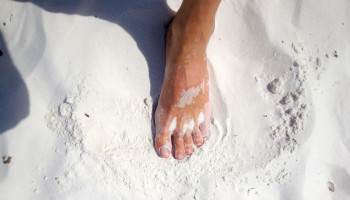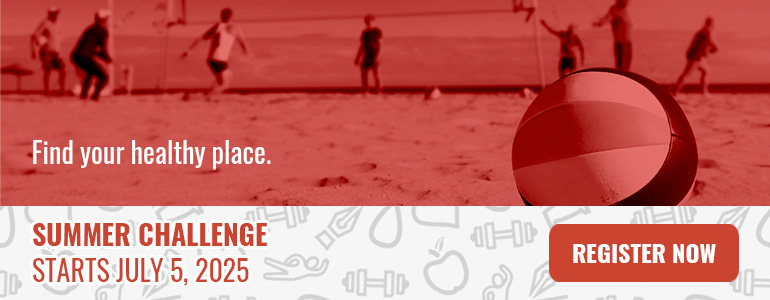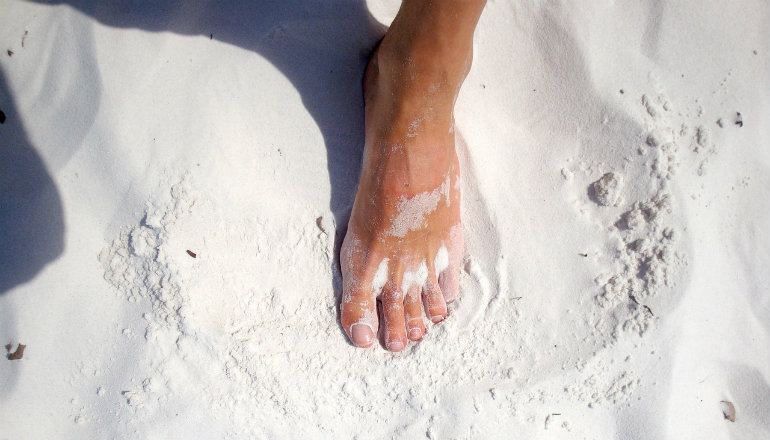 Reading Time: 6 minutes
Reading Time: 6 minutesThere are so many things I love about living at the beach: sunny weather, a laid-back lifestyle, fresh seafood every day, nice people (just try to be grumpy here). It’s all so good.
For me, maybe the best part of beach life is being able to go barefoot most of the time. Most stores and restaurants allow ’flops and sandals, and the closer you get to the water the more liberal the “no shirt, no shoes” policy becomes.
But the benefits of going barefoot extend far beyond feeling the sand between your toes — and they aren’t limited to the beach.
The Problem with Shoes
Shoes, while important to protect your feet from sharp, hot, or uneven surfaces, as well as for making a fashion statement, allow your feet to be lazy. That’s especially true when it comes to the super-cushy, “high tech” athletic shoes you see these days. Just what is Ultra Boost, Fresh Foam, and Z-Pump technology, anyway? And can it really be that much better than what Mother Nature invented for us?
The foot is a complex structure consisting of 28 bones, thirty joints, and more than one hundred muscles, tendons, and ligaments. Your foot has more than 7,000 nerve endings so that you can feel the ground below. It is made to have freedom of movement and to be in contact with the surface you are standing on. It constantly adjusts so you can balance, walk, run, jump, and dance.
Confining your feet in shoes most of the day every day restricts that movement. And just like other joints, if you don’t move them consistently through a full range of motion, you lose that range of motion.
Going barefoot makes your feet stronger because you are relying on your foot’s natural support system rather than the “high tech” structures built into most modern shoes. A stronger foot is less prone to painful conditions such as plantar fasciitis or stress fractures and provides a healthy foundation for the rest of your body’s structure, as well.
As an example, let’s do an experiment involving your ability to balance:
- Slip off your shoes and stand tall.
- Now spread your toes as wide as you can. (Seriously, you should be able to spread your toes apart like you can spread your fingers apart. If you can’t, that’s another downside to keeping your feet confined in shoes). You should feel really grounded and connected to the Earth.
- Now, stand on one foot and grab the ground underneath you with your support foot. Feel how hard your foot works to keep you upright and balanced.
How did all that feel? Was it difficult? Did it feel unnatural?
Spending so much time in shoes restricts the foot’s ability to move to the point that we lose balance and range of motion, as well as strength. But the good news is you can build healthy and strong feet just like you build strong legs, strong arms, or a strong core — with consistent training.
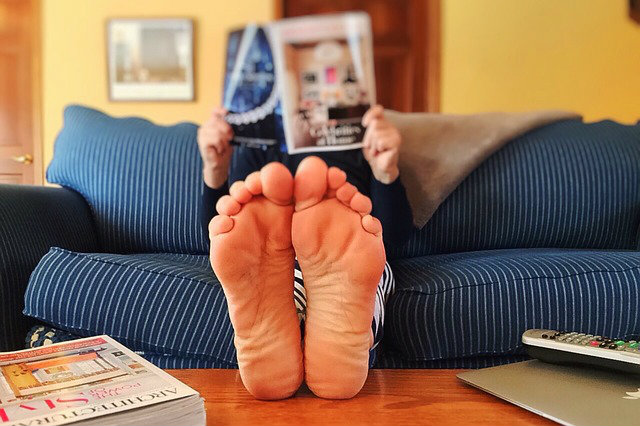
Build Healthy Feet with a Barefoot Workout
This simple routine will help you build a strong foundation with the bonus of feeling really good after a day on your feet and in shoes.
- Start with the exercise we did above, spending a few seconds balancing on each foot.
- Next, standing on both feet again, make sure your big toe is pointed straight forward.
- Now twist your feet against the floor as if you’re spinning them to the outside but keep the big toes pressed into the ground.
In doing this, you’ve created a super strong arch and you’re strongly rooted and well balanced. In addition, make sure your hips line up over your legs, your spine stacks on top on your hips, and your head sits on your spine in a neutral position like it should.
Once you’ve got a good feel for all that, practice working through the sequence below. You may not make it all the way through when you first start. Remember your feet are like any other part of your body and you should slowly ramp up your exercise of them. They can get sore from “workouts,” too.
The Barefoot Workout:
- Start by rocking from toes to heels. Start with a small movement, then make it big, going as far forward and as far backward as you can. Hold onto something for balance if you need to, but strive to get to a point where you rock while freestanding. Do that a dozen times.
- Then, start rocking from the outside of your feet to the inside of your feet. It may feel awkward and may not even feel like you are creating much movement at all. That’s okay. Do the best you can. Do that a dozen times.
- Now, spread a towel, t-shirt, or some sort of soft cloth lengthwise in front of you. Grab onto it with your toes and, only using your toes, pull it toward you. It’s like crumpling up a piece of paper in your hand except using your toes. Do this with each foot.
- Next, kneel down so your butt rests on your heels. Switch between the underside of your toes pressed to the ground and the tops of your toes pressed to the ground (see photo below). If this position is painful for your knees or hips, you can place a pillow or a folded blanket between your butt and ankles. Start by spending twenty seconds in each of these positions, and slowly work up until you can spend a full minute in each. This is a really good stretch for the plantar fascia ligament, as well as the toes and the shin.
- Lastly, grab a lacrosse ball, tennis ball, golf ball, or whatever you have handy. While standing, place the ball under your foot and slowly roll the ball from side to side, starting at the base of the toes and going to the heel. Once you’ve done that, roll from heel to toe until you’ve hit every surface of your sole. It should feel like you had a great foot rub.
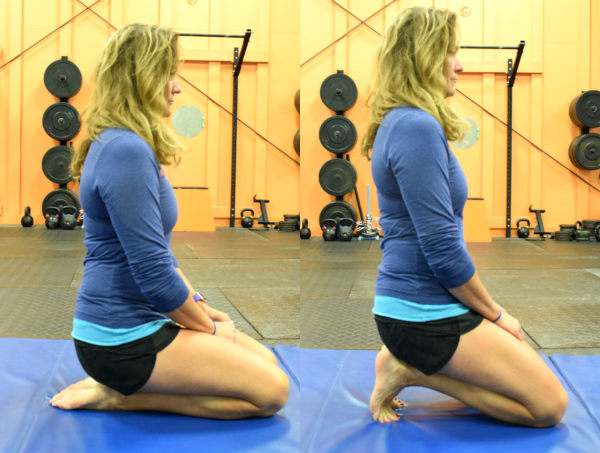
Do this routine a couple of times a week and you’ll start feeling how strong and supple your feet can be. You’ll also start to appreciate the important role the feet play in performance, injury prevention, and all-around well-being.
If you want some bonus foot training, start picking things up with your toes. Not only does it help build strong feet, but it’s a handy skill. Start with a tissue, then try a pen, then a small rock. Challenge yourself.
Plus, Barefoot Is Fun
Don’t forget the biggest component to foot care and the most enjoyable part — commit to getting out of your shoes as much as possible.
Get outside and walk on some challenging surfaces like sand, hills, or mud. Put those strong feet to work. Don’t worry, you can wash it all off afterward and the dirt isn’t so bad for you, either. Going barefoot and letting your feet breathe is a refreshing experience and the sun will even out your tan. (Let’s face it, you want to look good barefoot, too. Visible sandal lines are just not cool.)
The bottom line on going barefoot: it’s easy to take our feet for granted but the happier they are the happier we’ll be.
